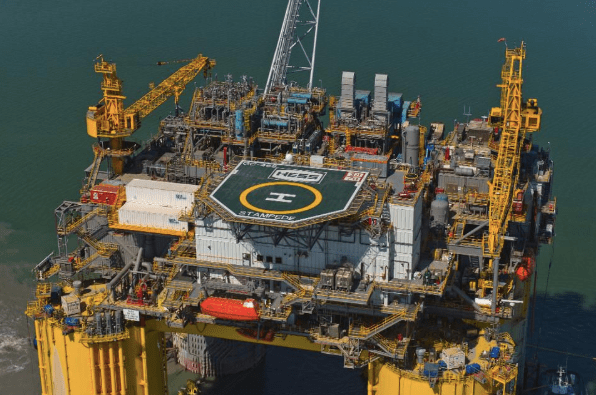A New U.S. Oil Production Peak Looks Imminent
One
of the most important questions in the global oil markets revolves around U.S.
oil production. There is probably nothing OPEC would like to know more than
when U.S. oil production will begin to decline.
The
resurgence of U.S. oil production over the past decade diminished OPEC's
control of the global oil markets. In less than eight years, U.S. oil
production climbed from under 6 million barrels per day (BPD) to more than 12
million BPD. This surge is arguably the only reason oil prices today aren't
above $100/barrel (bbl).
OPEC's
current strategy seems to be to wait for U.S. production to begin declining so
they can begin to regain control of the oil markets.
They
may not have to wait all that long.
In
last week's article, I covered the slowdown in oil production growth in the
Permian Basin. This is the most important oil-producing region in the U.S., but
of course it isn't the only one. And while most of the coverage of the
resurgence of U.S. oil production has been primarily focused on shale oil and
tight oil, U.S. offshore oil production has also made a big jump. Over the past
decade, Gulf Coast oil production in the U.S. rose from about 1.2 million BPD
to about 2.0 million BPD.
Thus,
I thought today it might be instructive to look at the trends in total U.S. oil
production. Note that in the previous graphic, it looks like production may be
starting to turn down right at the end of the time frame. In fact, the Energy
Information Administration (EIA) has reported a slight downward trend in U.S.
oil production since May. The key question is whether this is an anomaly, or
the beginning of a sustained trend.
Applying
the same analysis that I did last week to Permian Basin production -- which
looked at year-over-year production changes -- it becomes clear that overall
U.S. production growth is declining even faster than Permian Basin production
growth.
From
this graphic, production growth has been slowing since January, and the
slowdown has accelerated in recent months. Production growth is falling so fast
that at the current pace, it would fall below zero before the end of the year.
Even if we assume the slower rate of decline from earlier in the year, it looks
like growth will fall below zero within a year. Once growth falls below zero,
that represents a year-over-year decline in U.S. production.
It's
hard to say whether the current decline will be permanent. Note that there was
a similar decline that began in 2015, but that reversed direction in 2017 as
oil prices recovered from the $30/bbl level back up to over $50/bbl.
It's
doubtful that the current decline will see the same sort of sharp reversal, as
the previous decline was a result of sharp cuts in capital spending as oil
prices fell from the $100/bbl level to below $30/bbl. The current production
decline is taking place during a period of a smaller decline in oil prices.
Regardless,
probably the only thing that can arrest the current slowdown is a spike in oil
prices from current levels. And unless that slowdown is arrested, total U.S.
oil production will likely be once again be in decline within one year -- and
possibly by year-end.
This is the outcome OPEC is hoping for. It is clear that their strategy is to keep oil prices propped up until U.S. oil production begins its decline, at which point they can reassert control over the global oil markets.
